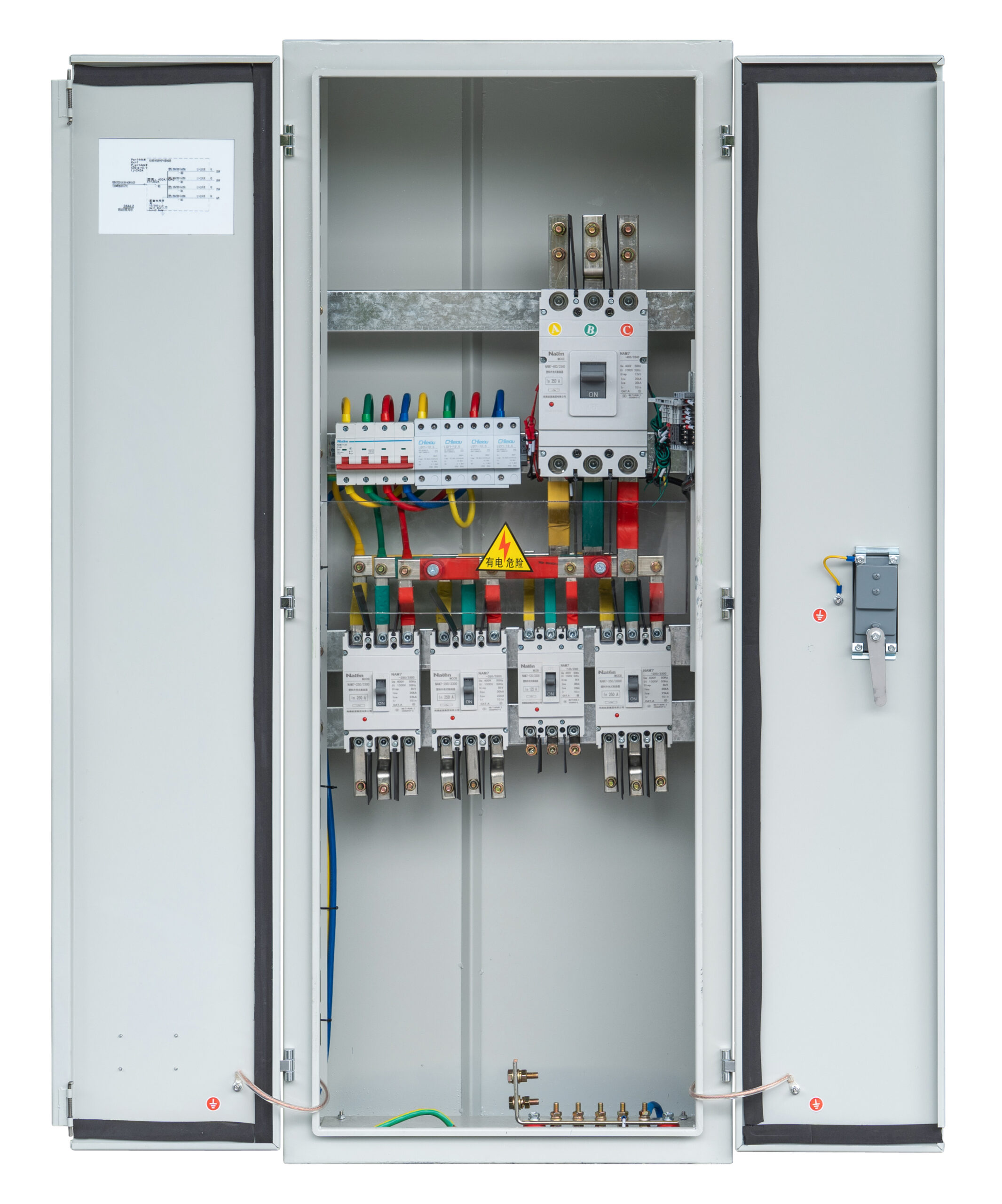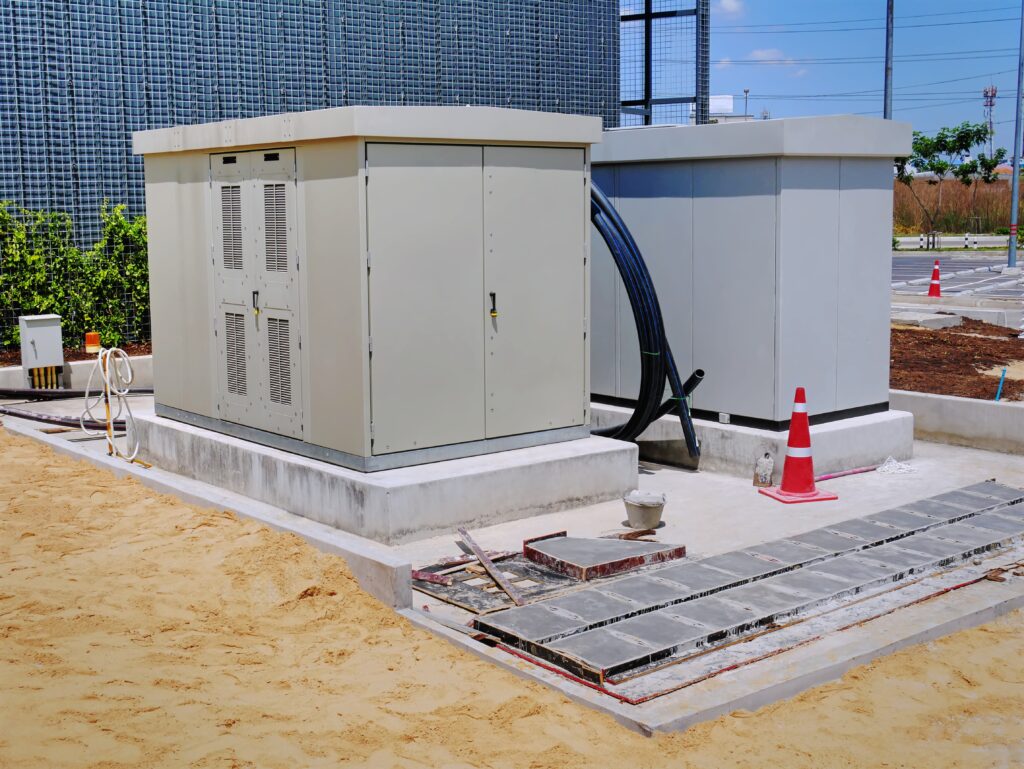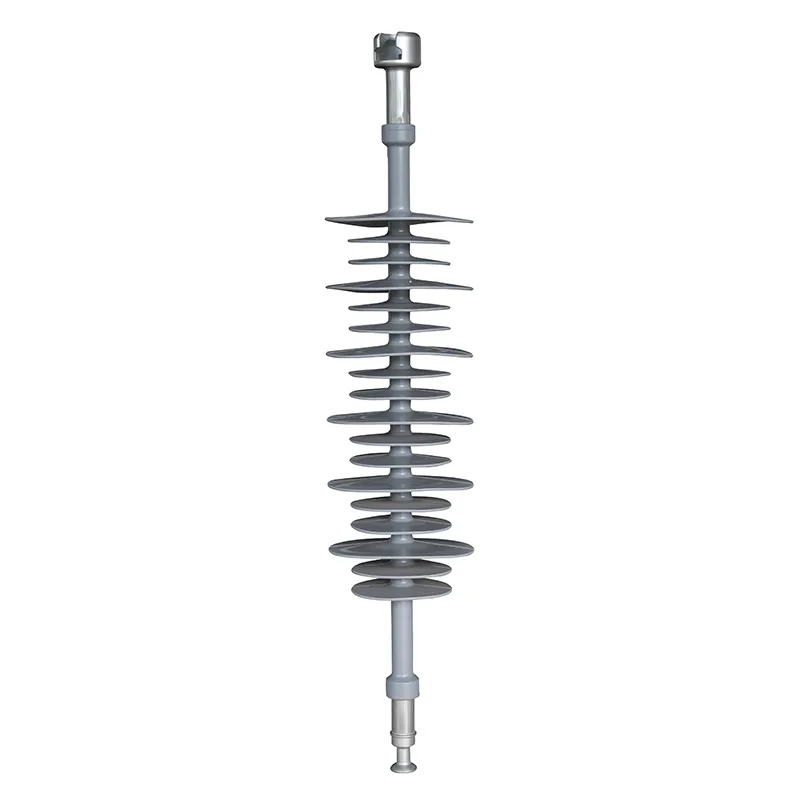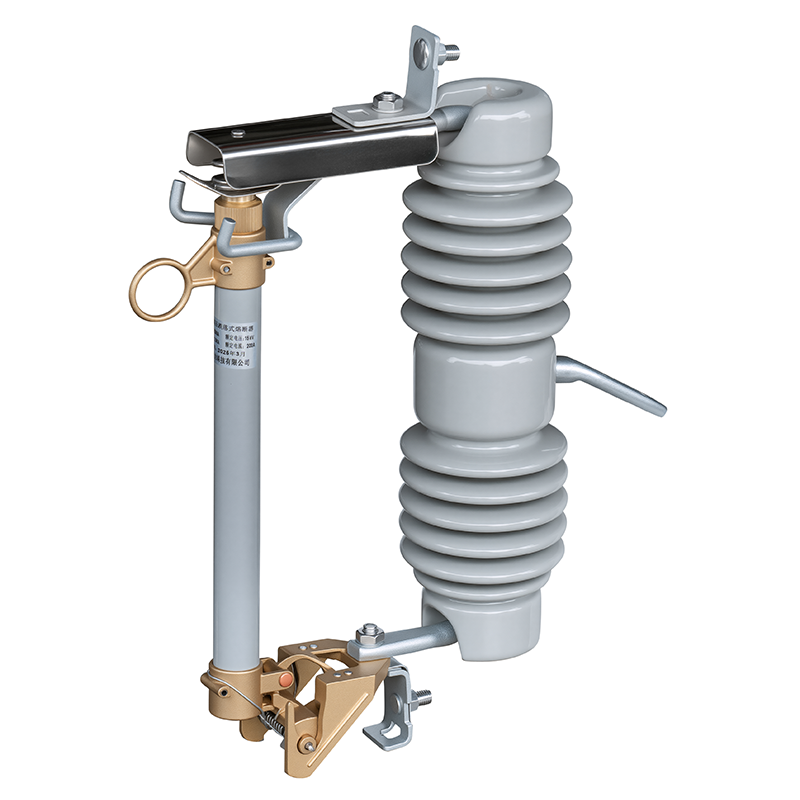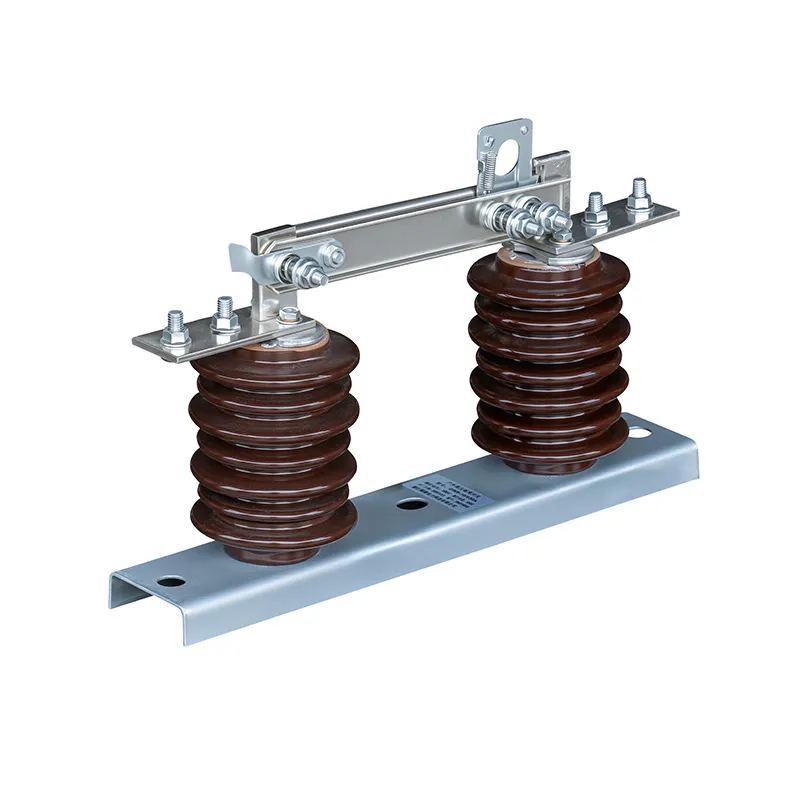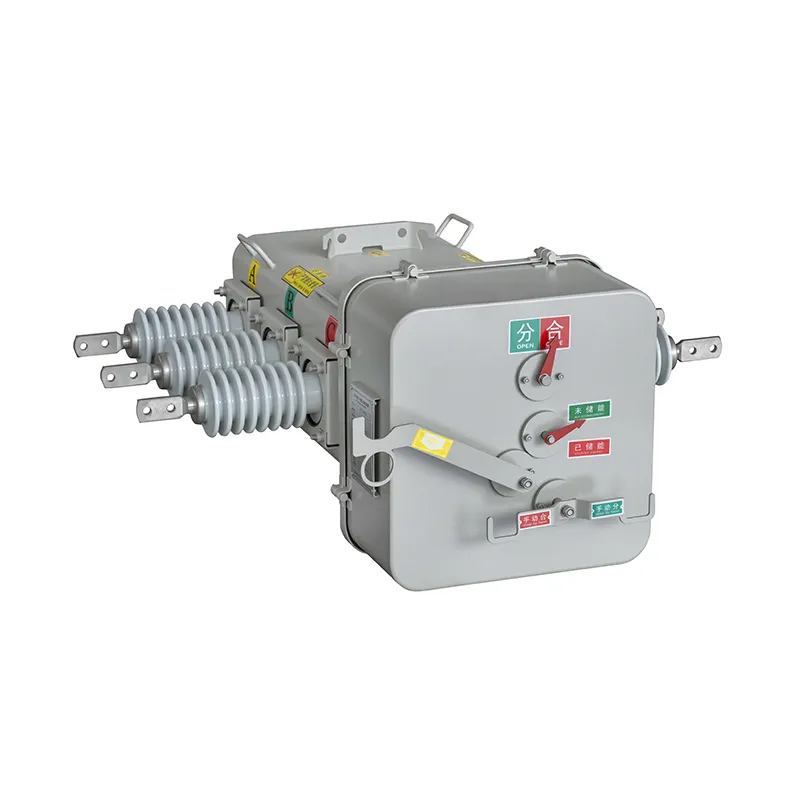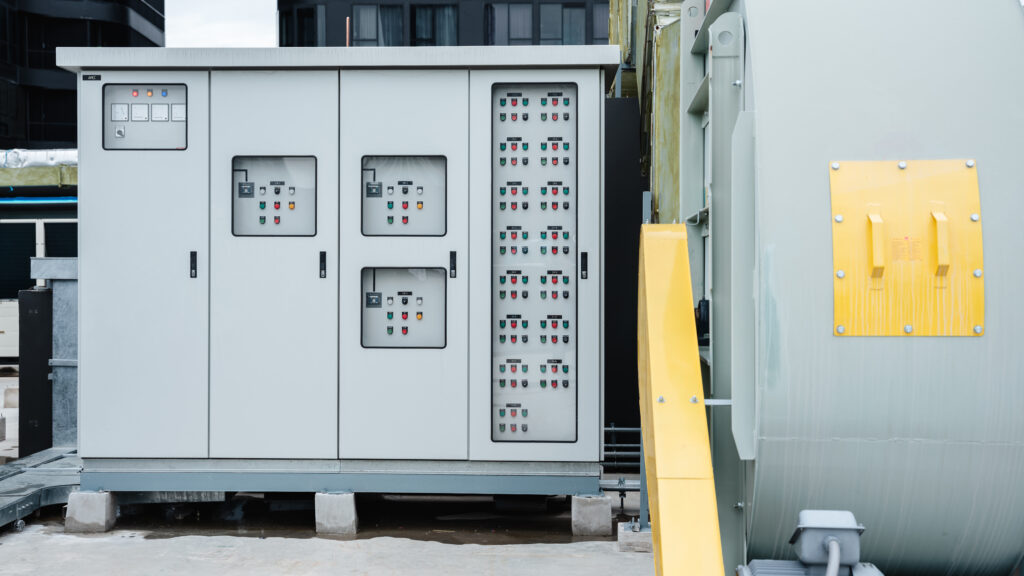
Understanding Low Voltage Switchgear Key Feature Application
Table of Contents
If you’ve ever wondered what keeps the power flowing safely and efficiently in factories or commercial buildings, low voltage switchgear is usually the unsung hero behind the scenes. Simply put, these are vital electrical distribution devices designed to control, protect, and isolate electrical equipment at low voltages, typically under 1,000 volts.
Choosing the right low voltage switchgear can be the difference between smooth industrial operations and costly downtime. But with so many options available, how do you pick the best switchgear for your needs? In this article, we’ll walk you through everything from the basics and components to applications, technical specifications, latest trends, and even common questions — all aimed at helping you make an informed decision.
What is Low Voltage Switchgear?
Low voltage switchgear is an essential electrical device designed to safely distribute and control electrical power at voltages typically below 1,000 volts. Simply put, it acts like the control center of your electrical system, helping to manage power flow, protect circuits from faults, and isolate equipment for maintenance without interrupting the entire system.
Here’s why low voltage switchgear matters:
- Power Control: It directs electricity to different parts of a building or industrial plant.
- Protection: It safeguards equipment and personnel by automatically cutting off power during overloads or short circuits.
- Safety Isolation: Allows sections of the power system to be safely disconnected for repairs without shutting down the entire operation.
Unlike high voltage switchgear, which operates at voltages above 1,000 volts and often serves power transmission networks, low voltage switchgear is mainly used in industrial, commercial, and residential power distribution. This makes it crucial for factories, office buildings, and infrastructure projects where electrical loads need precise control and protection.
In short, if you rely on complex electrical systems to keep your operations running smoothly, low voltage switchgear is the quiet hero ensuring it all happens safely and efficiently.
Basic Components and Working Principles of Low Voltage Switchgear
When delving into the world of low voltage switchgear, it helps to understand what exactly goes inside these units. Below is a breakdown of the key components and their functions.
| Component | Description | Purpose |
|---|---|---|
| Circuit Breaker | Automatically interrupts power flow during faults | Protects equipment and personnel |
| Contactor | An electrically controlled switch for switching circuits on or off | Controls electric motors and lighting |
| Relays | Automatically opens or closes contacts in response to changes | Provides automation and protection |
| Busbars | Conductive bars distributing electrical power within the panel | Transfers electricity efficiently |
| Protection Devices | Includes fuses, overload relays, and surge protectors | Ensures equipment safety |
How Does Low Voltage Switchgear Work?
Low voltage switchgear operates by distributing electrical power across circuits while providing real-time control and safety disconnection during faults. For example, when an overload or short circuit occurs, the circuit breaker “trips,” cutting power to prevent damage. Meanwhile, contactors and relays automate switching and provide system intelligence.
Different types of low voltage switchgear panels exist, such as:
- Fixed Type: Non-movable and compact, ideal for smaller setups
- Withdrawable (Draw-out) Type: Components can be removed for easier maintenance
- Modular Type: Designed for flexible configurations and expansions
If you want a switchgear solution that perfectly fits your factory layout or distribution needs, customizing the panel type can be a game-changer. Feel free to reach out to discuss your specific requirements!
Technical Specifications and Industry Standards of Low Voltage Switchgear
Choosing low voltage switchgear isn’t just about picking any device off the shelf. Technical details matter—a lot.
| Specification | Description | Typical Range/Standard |
|---|---|---|
| Rated Voltage | Maximum voltage the switchgear handles | Up to 1,000 V AC or DC |
| Rated Current | Maximum continuous current the device can carry | 630A, 1250A, 2000A and above |
| Short Circuit Breaking Capacity | Maximum fault current the breaker withstands | Generally from 25kA to 100kA |
| Insulation Level | Dielectric withstand voltage | Around 3kV to 6kV |
| Compliance Standards | International and national safety standards | IEC 61439, GB/T 7251, ANSI |
Why Standards Matter?
Standard compliance ensures safety, reliability, and compatibility. For example, IEC 61439 is an international standard defining switchgear design and testing.
Understanding these specs is crucial — low voltage switchgear that doesn’t meet your system’s rated operational currents or fault handling can result in failures or unsafe conditions.
Applications of Low Voltage Switchgear Across Industries
The versatility of low voltage switchgear means you’ll find it in many industries. Here’s how it’s used across different sectors:
| Industry | Application Scenario | Why Low Voltage Switchgear? |
|---|---|---|
| Manufacturing Plants | Powering motors, conveyor belts, robotic arms | Reliable control for heavy machinery |
| Commercial Buildings | Lighting distribution, HVAC system control | Ensures safety and efficient power use |
| Public Infrastructure | Power distribution in airports, tunnels, stadiums | Handles high load with safety features |
| Renewable Energy | Solar power systems, battery storage | Integrates with smart grid solutions |
| EV Charging Stations | Power management and safety control | Manages high power flows safely |
Deeper Dive: In manufacturing, where equipment downtime can mean lost revenues, low voltage switchgear offers protection and automation that keeps things running smoothly.
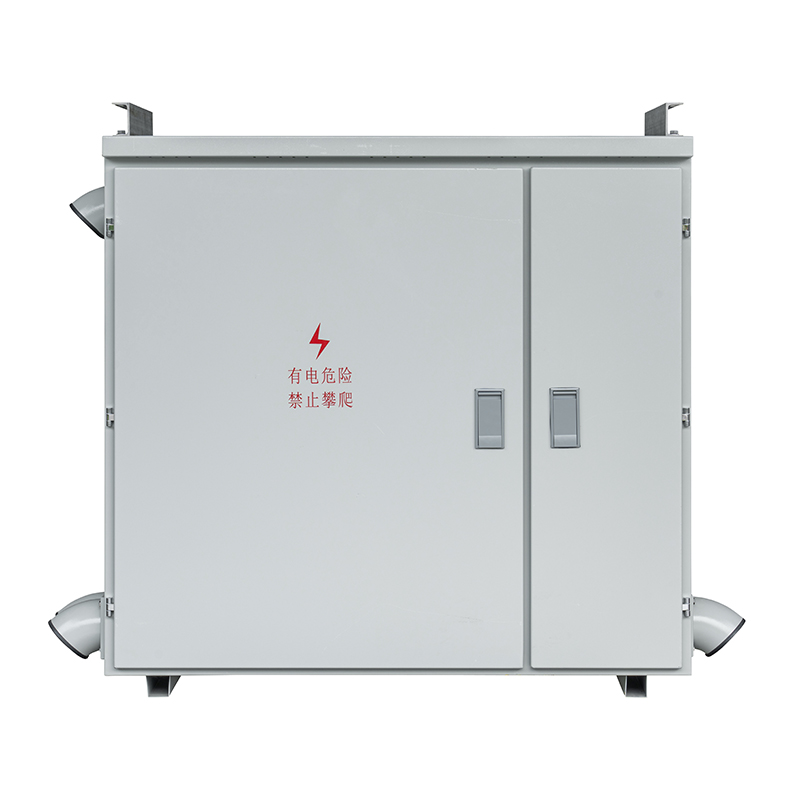
Does your facility need a customized Low Voltage Switchgear set-up suited for your particular load and control needs?
Choosing the Right Low Voltage Switchgear: Key Considerations
Picking the right switchgear might seem daunting, but focusing on these factors can help:
1️⃣Load Capacity and Expansion
Ensure your switchgear handles current loads now and in foreseeable future growth.
2️⃣Reliability & Maintenance
Look for designs that simplify maintenance, such as withdrawable units, and components with proven durability.
3️⃣Safety Features
Arc flash protection, insulation, grounding, and compliance certifications are non-negotiable.
4️⃣Energy Efficiency & Smart Features
Modern switchgear can reduce power losses and integrate IoT for real-time monitoring.
5️⃣Customization
Do you need custom control logic, panel size, or special certifications? Many manufacturers offer bespoke solutions.
| Consideration | Why It Matters | What to Check |
|---|---|---|
| Load & Expansion | Avoids frequent upgrades | Rated current and modular design |
| Maintenance | Reduces downtime and cost | Access type and component quality |
| Safety Features | Protects life and assets | Arc resistance, certification |
| Smart Integration | Enables remote monitoring and predictive maintenance | IoT modules, software compatibility |
| Customization Options | Fits your specific operational needs | Manufacturer flexibility |
Choosing the right partner who can tailor solutions to your needs is half the battle won. Why wait? Reach out today for an expert consultation.
Latest Technology Trends in Low Voltage Switchgear
Technology is reshaping how low voltage switchgear functions. Here’s what’s hot right now:
- Smart Switchgear: Embedded sensors allow condition monitoring, fault diagnosis, and remote control, boosting reliability.
- Internet of Things (IoT): Enables connectivity between switchgear and central control systems.
- Modular Designs: Allow quick reconfiguration and expansions with minimal downtime.
- Eco-friendly Materials: Reducing environmental impact and improving efficiency.
- Arc Flash Mitigation Technology: Advanced designs minimize risks to personnel and equipment.
These innovations not only improve safety but also reduce operational costs. Imagine being able to predict failures before they happen — it’s a game changer!
Ensuring Long-Term Safety and Reliability of Low Voltage Switchgear
Proper maintenance and monitoring are vital for switchgear longevity and safety:
Maintenance Best Practices
- Schedule regular inspections — at least once a year
- Check for dust, corrosion, and loose connections
- Test the operation of breakers and protection devices
- Lubricate moving parts and verify insulation integrity
Monitoring & Diagnostics
- Use thermal imaging to spot hotspots
- Leverage smart diagnostics when available to track wear and faults early
| Maintenance Task | Frequency | Benefit |
|---|---|---|
| Visual Inspection | Monthly | Early detection of physical damage |
| Electrical Testing | Annually | Verifies protection devices |
| Cleaning | Semi-annually | Prevents dust-related faults |
| Software Updates | As needed | Keeps smart controls optimized |
Investing in quality switchgear is wise, but maintaining it properly maximizes ROI and safety.
Low voltage switchgear is a cornerstone of safe and efficient electrical power distribution in today’s industrial and commercial environments. From ensuring protection against faults to enabling advanced control through smart technology, the right switchgear can significantly enhance your operational reliability.
By understanding the components, technical specs, applications, and maintenance requirements, you’re already a step ahead in making an informed choice. Whether you run a manufacturing plant, commercial complex, or infrastructure project, investing in high-quality, customized low voltage switchgear solutions tailored to your needs is the way forward.
If you’re ready to boost your power distribution system’s safety, reliability, and intelligence, why wait? Contact us now for a personalized consultation and quotation. Together, let’s power your business with confidence!
FAQ
Q1: What exactly is low voltage switchgear?
It’s a set of electrical devices designed to control, protect, and isolate low voltage circuits up to 1,000 volts. Think of it as the central nervous system ensuring safe power distribution.
Q2: How does low voltage switchgear differ from high voltage switchgear?
Low voltage switchgear works at voltages up to 1,000 volts and mainly caters to commercial and industrial buildings. High voltage switchgear handles voltages above that, typically used in power transmission.
Q3: What’s a typical installation time?
Depending on project size, simple panels can be installed in days; larger modular systems may take weeks including configuration and testing.
Q4: How often should maintenance be done?
Routine inspection monthly and comprehensive testing yearly is recommended to prevent unexpected failures.
Q5: How to choose the right low voltage switchgear?
Assess load requirements, safety needs, expansion plans, and if automation is needed. Custom solutions are often beneficial.
Q6: Are smart low voltage switchgears worth the investment?
Absolutely! They offer real-time monitoring and predictive maintenance which reduce downtime and improve safety.
Q7: What info is needed for a custom switchgear order?
Load specs, dimensions, control requirements, safety standards, and site conditions.
Q8: What certifications should be checked?
Look for compliance with IEC 61439, local safety standards, and manufacturer guarantees.

